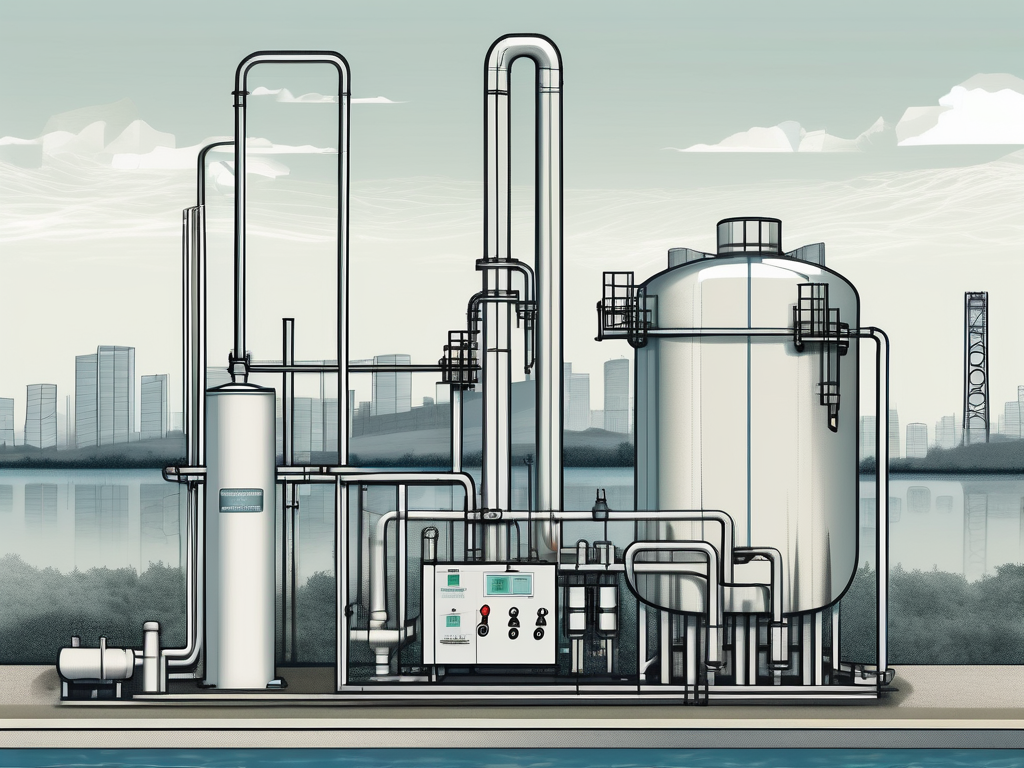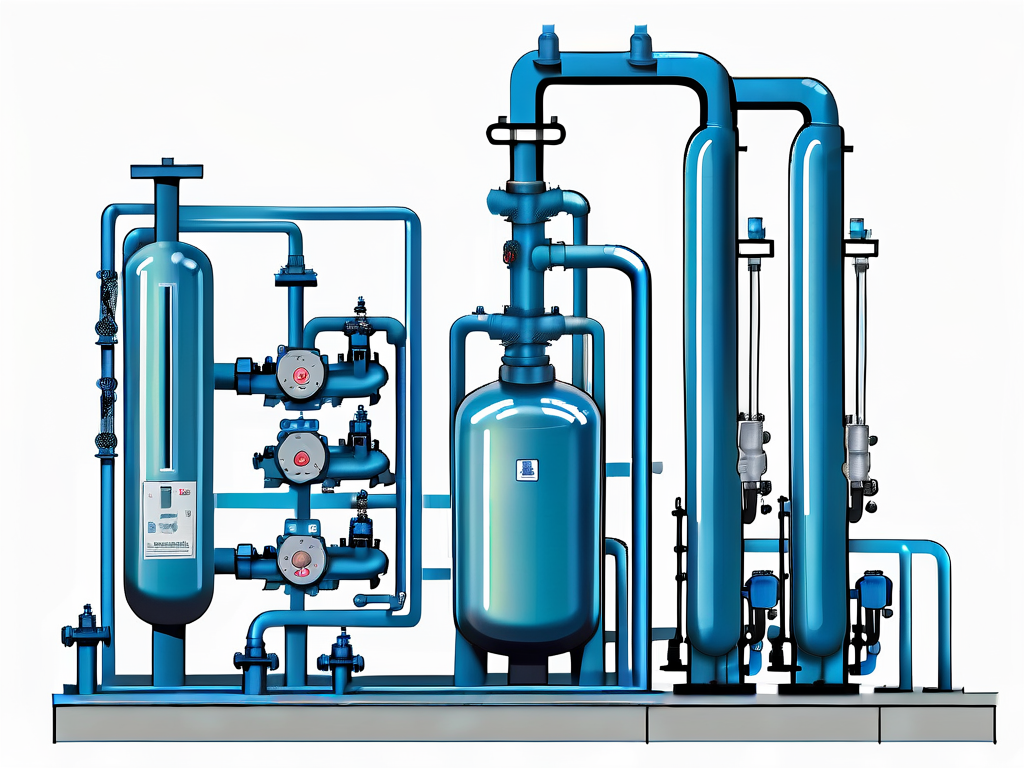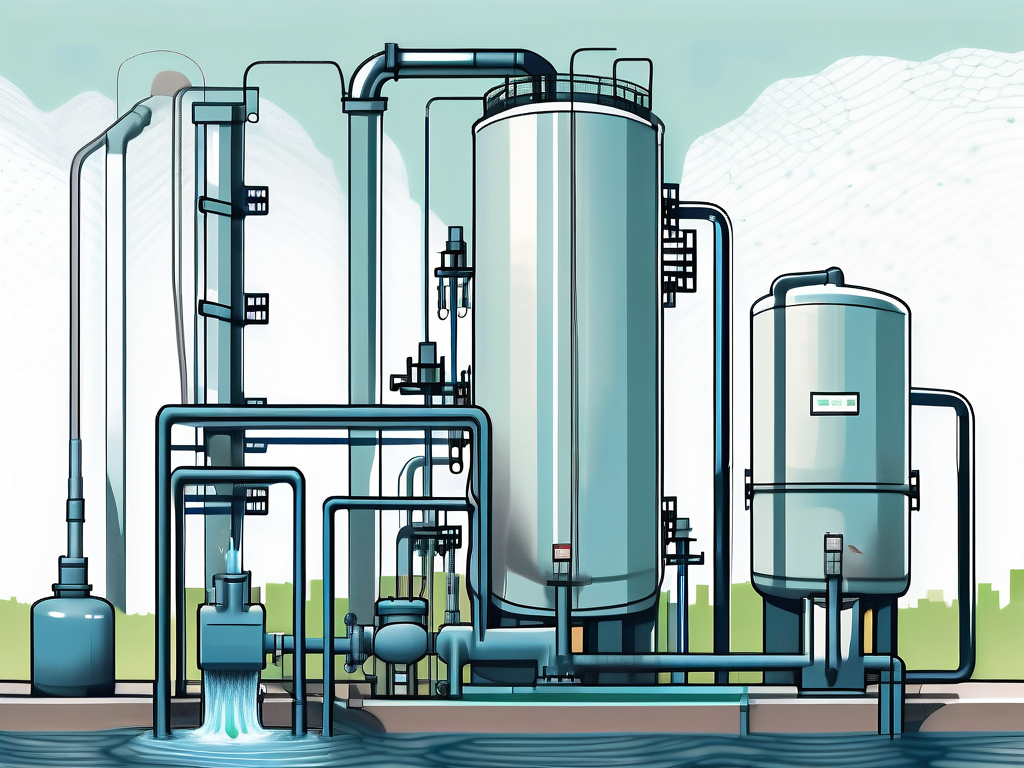
Understanding Pump Lift Stations: Essential Components and Benefits
Pump lift stations play a crucial role in the management and transportation of water, particularly in the realm of wastewater and stormwater systems. These stations are specially designed facilities that utilize pumps to elevate water from lower to higher elevations, ensuring proper flow and distribution in various water management scenarios. As urban environments grow and water management challenges increase, understanding the components and benefits of pump lift stations becomes increasingly important.
What are Pump Lift Stations?
Pump lift stations are facilities that transport fluids, typically wastewater or stormwater, from lower elevations to higher elevations using mechanical pumps. These stations are vital in ensuring that wastewater is efficiently collected and directed towards wastewater treatment plants or storage areas, helping maintain public health and environmental safety. They play a crucial role in urban infrastructure, where the natural flow of water can be impeded by buildings, roads, and other developments.
The Basic Concept of Pump Lift Stations
The primary function of a pump lift station is to move water from one point to another, overcoming gravitational challenges. By utilizing powerful pumping equipment, these stations can transport fluids across varying terrains, making them indispensable in areas where gravity alone cannot facilitate proper drainage or flow. They often incorporate a series of pipes, valves, and control systems that work together to ensure that the fluid is moved efficiently and safely.
Pump lift stations are designed to handle specific volumes of fluid, and they operate through a combination of mechanical operations and control systems to ensure optimal performance. The effective design and operation of a lift station can significantly influence the efficiency of water management systems in urban and rural settings. Regular maintenance and monitoring are essential to prevent malfunctions, which could lead to overflows or backups, posing risks to both public health and the environment.
Different Types of Pump Lift Stations
There are several types of pump lift stations, each tailored for specific applications and types of fluids. The most common types include:
- Wastewater Lift Stations: These stations focus on transporting sewage and wastewater to treatment facilities.
- Stormwater Lift Stations: Designed to manage excess rainwater and prevent flooding during heavy precipitation.
- Municipal Lift Stations: Serve entire communities, ensuring that residential and commercial areas have access to efficient wastewater management.
- Industrial Lift Stations: Built for factories and industrial complexes which may generate significant amounts of wastewater requiring transport.
Each type of pump lift station serves a unique purpose and is equipped with features that cater to the specific needs of the fluids they handle. For instance, wastewater lift stations often include odor control systems to mitigate unpleasant smells, while stormwater lift stations may be designed with additional capacity to handle sudden surges in water volume during storms. Furthermore, advancements in technology have led to the integration of smart monitoring systems that provide real-time data on station performance, allowing for proactive maintenance and improved operational efficiency.
In addition to their functional roles, pump lift stations also contribute to the overall resilience of urban infrastructure. By effectively managing water flow, they help prevent erosion, protect water quality, and reduce the risk of flooding, which can have devastating effects on communities. As cities continue to grow and face challenges related to climate change, the importance of well-designed and maintained pump lift stations cannot be overstated, as they are integral to sustainable water management practices and the protection of natural resources.
Essential Components of Pump Lift Stations
The functioning of a pump lift station relies on several critical components. Understanding these essential parts helps in appreciating how they operate effectively within a water management system.

Pumping Equipment
The heart of any pump lift station is its pumping equipment. Pumps are responsible for moving water through the system. Various types of pumps, such as centrifugal and submersible pumps, are utilized depending on the specific requirements of the application.
Each pump is selected based on factors such as flow rate, head height, and the nature of the fluids being transported. Regular inspections and maintenance of these pumps are crucial to ensure their longevity and efficiency. Additionally, advancements in pump technology have led to the development of energy-efficient models that not only reduce operational costs but also minimize environmental impact. These modern pumps often come with built-in monitoring systems that provide feedback on performance metrics, allowing for proactive maintenance and reduced downtime.
Control Panel and Alarms
Control panels are integral to the operation of pump lift stations. They monitor the performance of pumps and other components, providing operators with real-time data on system status. Advanced control panels can be equipped with smart technology that allows for remote monitoring and automatic adjustments based on flow requirements.
Additionally, alarm systems are essential for notifying operators of any irregularities or malfunctions within the station. These alarms can alert personnel to issues such as high water levels, equipment failure, or power outages, enabling timely interventions. The integration of IoT (Internet of Things) technology into these systems has further enhanced their capabilities, allowing for predictive analytics that can foresee potential failures before they occur. This proactive approach not only improves system reliability but also extends the lifespan of critical components.
Wet Well and Dry Well
Pump lift stations consist of two primary structures: the wet well and the dry well. The wet well is a storage chamber where water is collected before being pumped out. It is crucial in ensuring that the pumps operate under optimal conditions.
The dry well houses the pumping equipment and control systems. This separation helps protect the equipment from water damage while providing easy access for maintenance and repair. Effective design and maintenance of both wells are vital for the station's overall functionality. Furthermore, the wet well is often designed with features such as baffles or screens to minimize turbulence and prevent debris from entering the pumps, which can cause blockages or damage. Regular cleaning and monitoring of both wells ensure that they remain in peak condition, contributing to the overall efficiency and reliability of the pump lift station.
The Role of Pump Lift Stations in Water Management
Pump lift stations are increasingly recognized for their pivotal role in modern water management strategies, particularly in urban areas where traditional gravity-based systems may fall short.

Facilitating Wastewater Treatment
A primary function of pump lift stations is to facilitate the efficient transport of wastewater to treatment facilities. By managing the flow of sewage, these stations help prevent overloading treatment plants and minimize the risk of system failures.
Properly designed and maintained lift stations ensure that wastewater is within safe parameters as it is transported, thereby protecting public health and the environment. Additionally, these stations are equipped with advanced monitoring systems that track flow rates and detect any anomalies, allowing for timely interventions that can prevent costly repairs and environmental hazards. This proactive approach not only safeguards ecosystems but also enhances the overall efficiency of wastewater treatment processes.
Preventing Flooding and Water Damage
Pump lift stations also contribute significantly to flood management systems. During heavy rainfall events, stormwater lift stations collect excess rainwater and direct it away from populated areas to prevent flooding.
By controlling the flow of stormwater, these facilities reduce the risk of water damage to properties and infrastructure, thereby maintaining community safety and enhancing resilience against climate-related challenges. Furthermore, the integration of pump lift stations with smart technology allows for real-time data analysis and predictive modeling, enabling municipalities to anticipate flooding events and respond more effectively. This technological advancement not only improves emergency response times but also fosters a greater understanding of hydrological patterns, which is crucial for long-term urban planning and sustainability efforts.
Key Benefits of Pump Lift Stations
The implementation of pump lift stations offers a multitude of benefits that enhance the efficiency and reliability of water management systems.
Efficiency in Water Transportation
Pump lift stations improve the efficiency of water transportation by allowing wastewater and stormwater to be moved quickly and effectively over varying terrains. This ensures timely processing and treatment, which is crucial in urban settings.
By facilitating rapid transport, lift stations also help reduce retention time, which can lead to the deterioration of water quality in stagnant systems. Additionally, the strategic placement of these stations can optimize the overall layout of a wastewater system, allowing for a more streamlined flow that reduces energy consumption during pumping operations. This not only enhances the operational efficiency but also contributes to a reduction in greenhouse gas emissions associated with energy use.
Cost-Effective Solution for Wastewater Management
Investing in pump lift stations can lead to long-term savings in wastewater management. By optimizing the flow of sewage and stormwater, these stations minimize the need for extensive infrastructure projects that would otherwise be necessary to manage water at lower elevations.
Moreover, the reduced risk of flooding and system failures translates to lower maintenance and repair costs over time. The initial investment in pump lift stations can be offset by these savings, as well as by the potential for increased property values in areas that experience fewer flooding incidents. Furthermore, the ability to manage larger volumes of water efficiently can also support community growth and development, making these systems a vital component of urban planning.
Environmental Advantages of Using Pump Lift Stations
Environmental stewardship is a key consideration in modern water management practices. Pump lift stations can help reduce the environmental impact of wastewater by ensuring that it is transported efficiently to treatment facilities, thereby minimizing untreated discharge into natural water bodies.
By enhancing the overall efficiency of wastewater systems, pump lift stations contribute to cleaner waterways and healthier ecosystems. They also play a role in protecting local wildlife habitats, as improved water quality can lead to a resurgence of aquatic life in previously compromised areas. Additionally, the implementation of advanced technologies in pump lift stations, such as real-time monitoring and automated controls, can further enhance their environmental performance by allowing for immediate responses to system changes, thereby preventing potential overflows and ensuring compliance with environmental regulations.
Maintenance and Troubleshooting of Pump Lift Stations
Like any complex system, pump lift stations require regular maintenance and troubleshooting to ensure they operate effectively and efficiently.
Regular Inspection and Maintenance
Routine inspections and maintenance are essential to the longevity and health of pump lift stations. This includes checking pump functionality, control systems, and structural integrity of the wet and dry wells. Regular maintenance not only involves visual inspections but also the use of advanced diagnostic tools that can detect anomalies in performance, such as vibrations or unusual noise levels that may indicate impending failures.
Regular maintenance helps in identifying minor issues before they escalate into significant problems, thereby saving costs and downtime associated with repairs. Furthermore, keeping detailed logs of maintenance activities can help in tracking the performance trends over time, allowing operators to make informed decisions about upgrades or replacements of aging equipment.
Common Issues and Their Solutions
Operators of pump lift stations may encounter various common issues, including clogged pumps, malfunctioning control panels, and excessive wear on equipment. Clogged pumps, often caused by debris or sediment buildup, can lead to reduced efficiency and increased energy consumption. Implementing preventative measures, such as regular flushing of pumps and comprehensive training for personnel, can significantly reduce the frequency of these issues. Additionally, installing screens or filters can help prevent larger debris from entering the pump system, thereby enhancing operational reliability.
Diagnostic systems can also aid in quick identification of problems, allowing for faster repairs and minimizing disruption to water management services. These systems can provide real-time data on pump performance, enabling operators to monitor critical parameters such as flow rates and pressure levels. In the event of a malfunction, alerts can be sent directly to maintenance teams, ensuring that issues are addressed promptly before they lead to service interruptions or costly repairs. Moreover, integrating IoT technologies can facilitate remote monitoring, allowing for proactive management of pump lift stations even from afar.
Future Trends in Pump Lift Station Technology
As technology evolves, so do the designs and functionalities of pump lift stations, with innovations promising to enhance their efficiency and effectiveness in water management.
Energy-Efficient Pumps
Energy efficiency is becoming a significant consideration in the design of new pump lift stations. Advanced pumping technologies are being developed to reduce energy consumption, lower operational costs, and minimize environmental impacts.
Energy-efficient pumps not only provide significant cost savings but also align with global sustainability goals, promoting greener water management solutions. These pumps often incorporate variable frequency drives (VFDs) that adjust the motor speed based on real-time demand, ensuring that energy is used only when necessary. Furthermore, the integration of renewable energy sources, such as solar or wind power, into pump lift station operations is becoming more prevalent, further reducing reliance on fossil fuels and decreasing the carbon footprint associated with water management.
Smart Monitoring Systems
The rise of IoT and smart technology is revolutionizing the way pump lift stations operate. Smart monitoring systems enable real-time tracking of pump performance, water levels, and system health. This data-driven approach facilitates proactive decision-making and enhances the overall reliability of water management systems.
As these technologies mature, they will play an increasingly central role in ensuring that pump lift stations operate in the most efficient and environmentally responsible manner possible. Additionally, predictive maintenance algorithms can analyze historical data to forecast potential failures, allowing for timely interventions that prevent costly downtimes. This shift from reactive to proactive maintenance not only enhances operational efficiency but also extends the lifespan of the equipment, ultimately leading to more sustainable infrastructure management.
Moreover, the integration of machine learning and artificial intelligence into these systems is paving the way for even smarter operations. By continuously learning from data patterns, these systems can optimize pump performance and adapt to changing environmental conditions, ensuring that water management remains resilient in the face of climate variability and urban growth.
